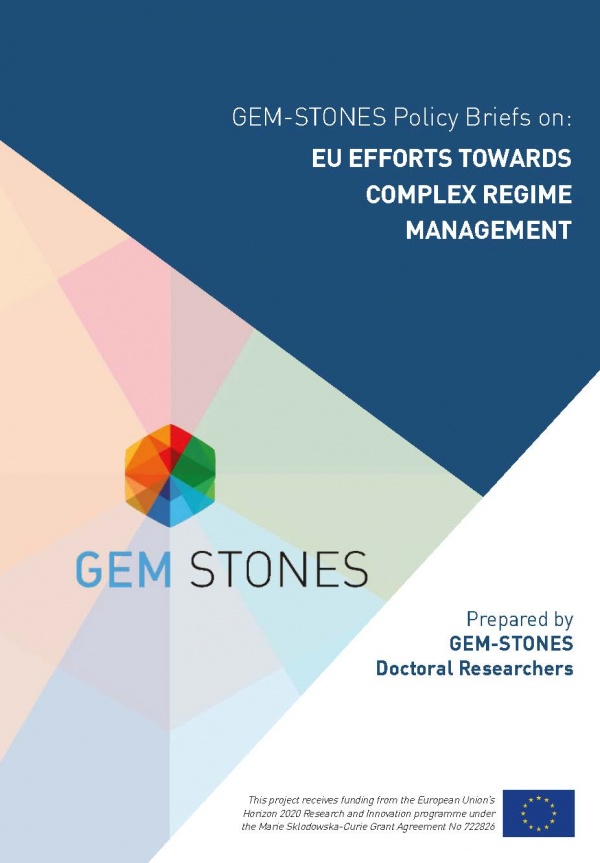The EU and the Responsibility to Protect: From Public Endorsements to Implementation?

GEM-STONES Policy Briefs. AGORA Forum, March 2020
Executive Summary
This executive briefing examines the EU’s engagement with the norm of the Responsibility to Protect (R2P). Adopted during the 2005 UN World Summit, the norm of R2P holds that states have the primary responsibility to protect their populations from mass atrocity crimes. The international community can assist states, as appropriate, and, in cases where they manifestly fail to protect their populations, it should be ready to take action to remedy the situation. Internationally, the EU quickly emerged as one of the most important advocates of R2P, using international fora to publicly endorse the norm.
The crisis in Libya, however, showed that the norm can also be a divisive issue for the EU, with France and the UK actively contributing to the NATO-mission authorised by Security Council Resolution 1973, whereas Germany abstained. In recent years, the EU has started to engage more with R2P on the policy level, evidenced by the
appointment of an EU Focal Point on R2P in 2016, the creation of a division within the EEAS that has R2P as one of its focus areas (2017) and the creation of the Atrocity Prevention Toolkit (2019). The next step will be to see how much these initiatives will actually change practices on the ground.
![]()
This project receives funding from the European Union's Horizon 2020 research and innovation programme under the Marie Sklodowska-Curie Grant Agreement No 722826.
















